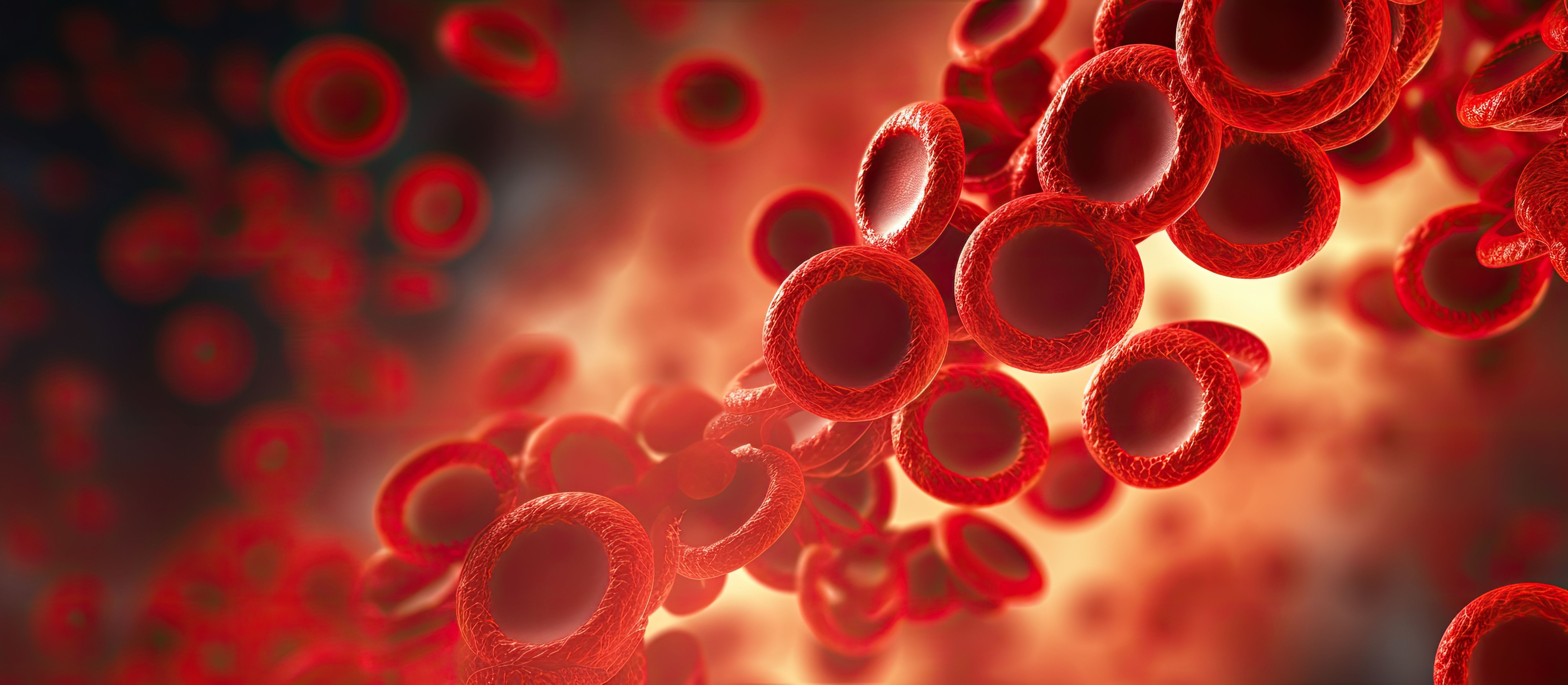- Acne
- Actinic Keratosis
- Aesthetics
- Alopecia
- Atopic Dermatitis
- Buy-and-Bill
- COVID-19
- Case-Based Roundtable
- Chronic Hand Eczema
- Chronic Spontaneous Urticaria
- Drug Watch
- Eczema
- General Dermatology
- Hidradenitis Suppurativa
- Melasma
- NP and PA
- Pediatric Dermatology
- Pigmentary Disorders
- Practice Management
- Precision Medicine and Biologics
- Prurigo Nodularis
- Psoriasis
- Psoriatic Arthritis
- Rare Disease
- Rosacea
- Skin Cancer
- Vitiligo
- Wound Care
News
Article
Platelet-Rich Plasma for Hair Restoration and Skin Rejuvenation: Benefits Recognized, Consensus Needed
Author(s):
Platelet-rich plasma (PRP) holds great promise for regenerative hair and skin applications, but trials, standards, and protocols are needed, one review has found.
2rogan/AdobeStock

In a recent review in the journal Dermatologic Surgery, dermatologist Arianne Shadi Kourosh, MD, MPH, et al provide an update and analysis of the evidence for the use of PRP in hair restoration and skin rejuvenation through a review of recent data.1
Arianne Shadi Kourosh, MD, MPH

The paper involved an analysis of PubMed publications before October 2023, with a focus on literature from January 2020 through October 2023, to determine the role of PRP in the dermatologic therapeutic armament.
Kourosh, who is director of community health in the department of dermatology at Massachusetts General Hospital and an associate professor at Harvard Medical School, spoke with Dermatology Times about PRP and her recent findings.
Dermatology Times: How widespread is the use of PRP among clinicians?
Kourosh: While the use and applications of PRP are being explored and increasingly widespread, clinicians are seeing varying results. Our paper highlights the possible reasons for this as the lack of standardization in preparation and protocols for PRP, which could yield very different doses of growth factors reaching the target, and the lack of an efficient bedside test for measuring growth factors and therefore regenerative capacity of the solution.
Growth factors are the currency of tissue regeneration, so we need to quantify the targets and whether they are being achieved for patients.
Dermatology Times: Do you think PRP shows more promise in hair restoration or in skin rejuvenation?
Kourosh: There is more study and experience with respect to hair restoration and some with laser-assisted applications for the skin, though its true potential in both arenas could reach a new level with quantification growth factors delivered in treatments.
Dermatology Times: What about the use of PRP in vitiligo and chronic wound healing?
Kourosh: As growth factors have key roles in wound healing, PRP could be useful in this and other dermatology applications as research in this arena advances. Innovations may hinge on the ability to determine optimal dosing of relevant growth factors for a given application and then measure these concentrations at point of care.
Dermatology Times: You conclude there is a need for consensus guidelines and best practices to guide the use of PRP. Do you see this happening soon? What group would establish these guidelines?
Kourosh: The true potential of regenerative therapies such as PRP in dermatology, hair restoration and aesthetic medicine will be realized when teams of experts come together with quantifiable outcome measures to create disciplined research that informs PRP preparations and protocols.
We see this in other arenas of dermatology. For example, the International Psoriasis Council has shown how a global group of experts could come together to make great impacts in research and clinical guidelines to benefit patients. The emerging field of regenerative medicine in dermatology could rise to new heights with a similar united group of experts to guide research and inform best practices.
Reference
- Kourosh AS, Santiago Mangual KP, Farah RS, et al. Platelet-rich plasma: advances and controversies in hair restoration and skin rejuvenation. Dermatol Surg. Published online February 20, 2024. doi:10.1097/DSS.0000000000004115
Newsletter
Like what you’re reading? Subscribe to Dermatology Times for weekly updates on therapies, innovations, and real-world practice tips.











